Marketing is changing at lightning speed, even more than ever. What was guaranteed to work a year ago isn’t the case now. For example, paid ads are more expensive, TikTok is changing how customers search and discover new brands, Instagram’s reach is down, Threads has arrived, and AI marketing is changing how we engage with tech.
What is B2C marketing?
Firstly, B2C stands for Business to Consumer. This business model involves a company directly selling its products or services to the end consumer—the individual user. Consequently, B2C marketing encompasses all the promotional activities directed towards individual consumers. Several B2C brand categories encompass beauty products, home decor, clothing stores, and hotels.
B2B and B2C: What’s the difference?
So, as explained, B2C companies sell consumer products and services directly to individual users. B2B is when companies create stuff or offer services for other companies. B2B deals are usually more extensive and complex than B2C deals because they involve more decision-makers and take longer to finish.
For example, Pixc is a company that makes apps and services for other businesses that use Shopify. Other B2B companies include places that do advertising, companies that help with hiring, businesses that make software, and even stores that sell office supplies.
Top B2C Marketing Trends
Ecommerce business owners must stay up to date with top B2C marketing trends to stay ahead of the competition. Consumer preferences, behavior, and expectations constantly change, and marketers need to adapt, pivot, and move forward with them. Adding value, authenticity, and enhancing experiences is bigger news than ever.
Let’s take a look at some of the significant B2C marketing trends in 2023 so far:
1. Personalization
Your customer expects a personalized experience that meets their needs. Whether using analytics or data to tailor marketing material, offering easy customization options, or customized product recommendations based on purchase history, it’s all about the end user seeing marketing efforts that resonates with them on a personal level.
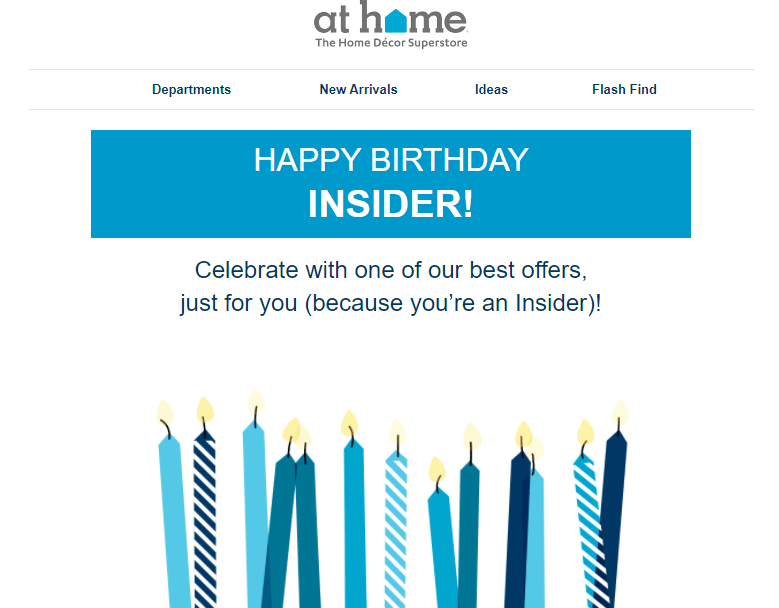
Dig into the data using your analytics tools and the customer data you have to segment and create highly personalized marketing campaigns and recommendations. It’s about improving the experience rather than cluttering it with other experiences. It can be as simple as sending out a birthday discount code like home decor retailers at home do.
2. Augmented Reality (AR) and Virtual Reality (VR)
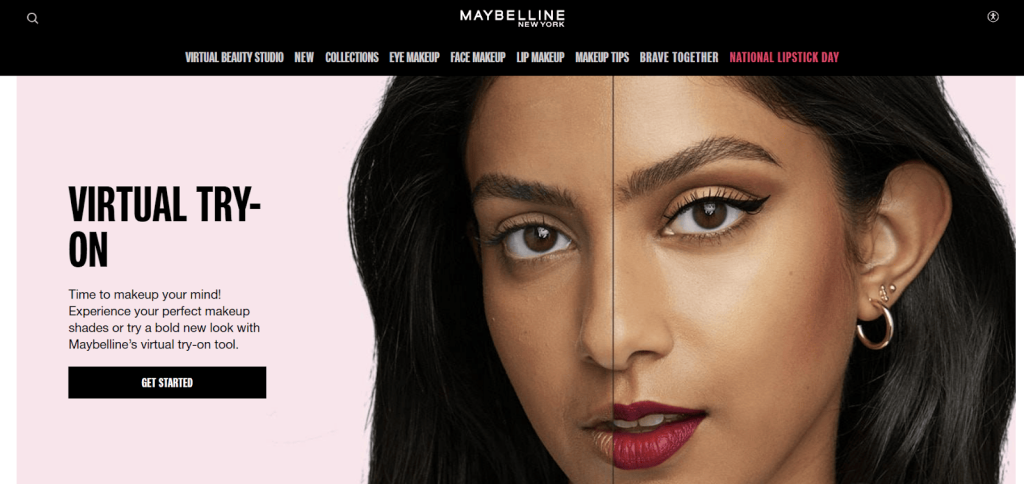
There’s been a ton of talk around AR and VR this year, with some brands starting to use these tools to offer value to their customers. Whether it’s brands like Maybelline offering AR try-ons of makeup or tools like Ikea Place that show furniture within a room space, it’s in its early days for now, but the tech’s only going to get more accessible over time.
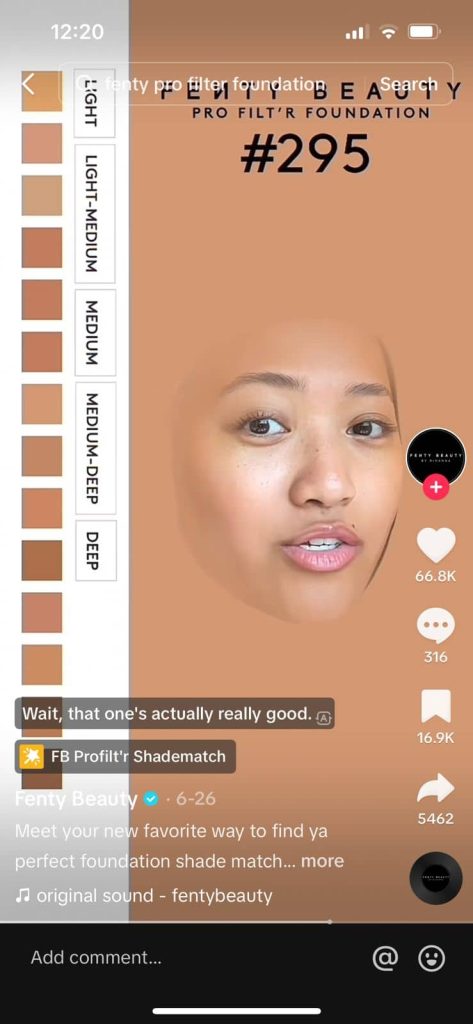
An easier way to incorporate some AR or VR is with tools like social media lenses and TikToks for social channels. These can be branded or linked back to your ecommerce platform and are usually more accessible than going all out to implement AR try-ons for your entire ecommerce site. It will still be expensive, so bear that in mind if you can use that budget better elsewhere.
3. Sustainability and Social Responsibility
As environmental consciousness grows among consumers, they’re favoring brands that demonstrate social responsibility and sustainability—adding a CSR landing page to your website is essential (and easy to do), as is sharing about your sustainable practices and goals on your website. It could be the difference between a potential customer shopping with you or a competitor.
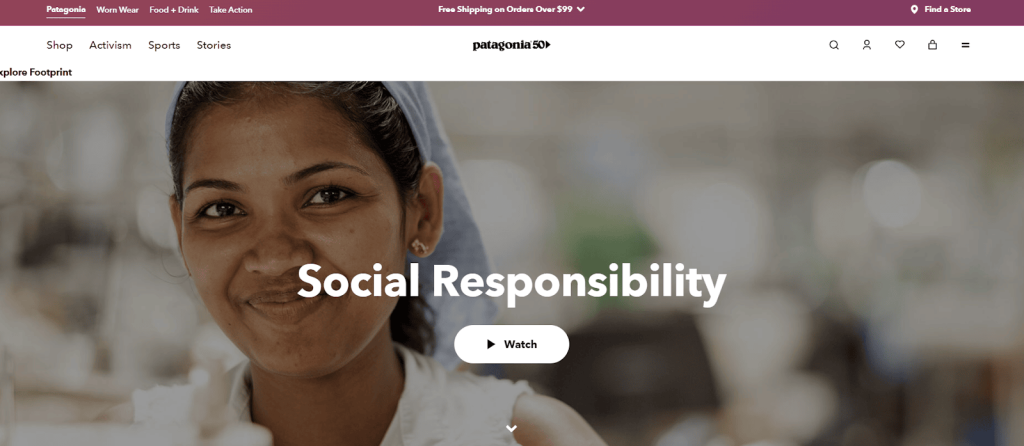
Choose initiatives that are relevant and are going to resonate with your customers. If you’re a coffee retailer, this could mean showcasing the sustainability in how you produce your coffee, or if you’re a fashion brand, it might highlight the recyclable materials in your garments.
4. User Generated Content (UGC) and Influencer Content Continues.
UGC and influencer marketing will continue to dominate in 2023 as customers trust authentic reviews and recommendations. Platforms like TikTok have helped fuel this, making it far easier for products and people to go viral than on other channels. It also favors authenticity (or at least perceived authenticity), so UGC and influencer content work for the platform.
Even the “deinfluencing” trend from earlier in the year was still UGC and influencer content, even though it was based on telling people what not to buy. A great example of the power of influence is TikTok influencer Alix Earle. Known best for her makeup and fashion influence, she posted about a bad experience with Airbnb, leading the platform to jump in and support her, resulting in plenty of press and media coverage.
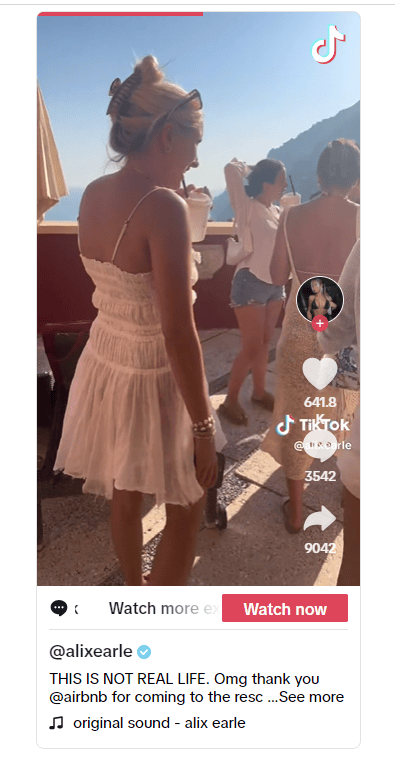
Working with influencers and creating UGC can be great, but you need to be able to back it up with a marketing budget and do your research to find the right influencer, create suitable marketing campaigns, and plan your content accordingly while giving them the freedom to create.
5. Shortform Video Content
Shortform video content delivers info quickly to capture attention and drive engagement and sales. They also can go viral, catapulting views and brand awareness. Whether this is about creating a brand identity, utilizing UGC and influencer content, as we mentioned earlier, or just adding yourself to the existing online conversation.
Creating short video content can be product-based or show off your brand personality. Whether it’s explainer videos, like Purina’s animated cat food videos, that go alongside your products or fun TikTok videos, you can add serious value for your customer.
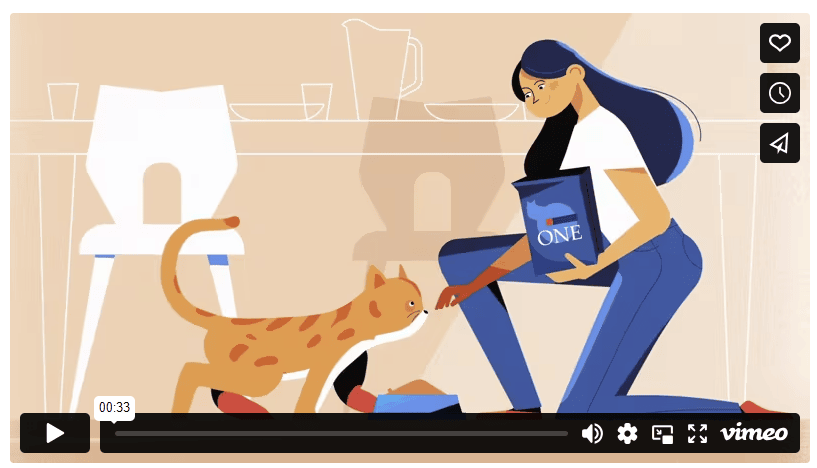
6. Audio Content
Audio content is nothing new, but how it creates authenticity and connects with customers is important. Whether it’s a podcast, the ability to use voice search (over 13 billion voice searches each month), or even just using the correct alt text on your images so that text-to-speech services can see what’s on the page.
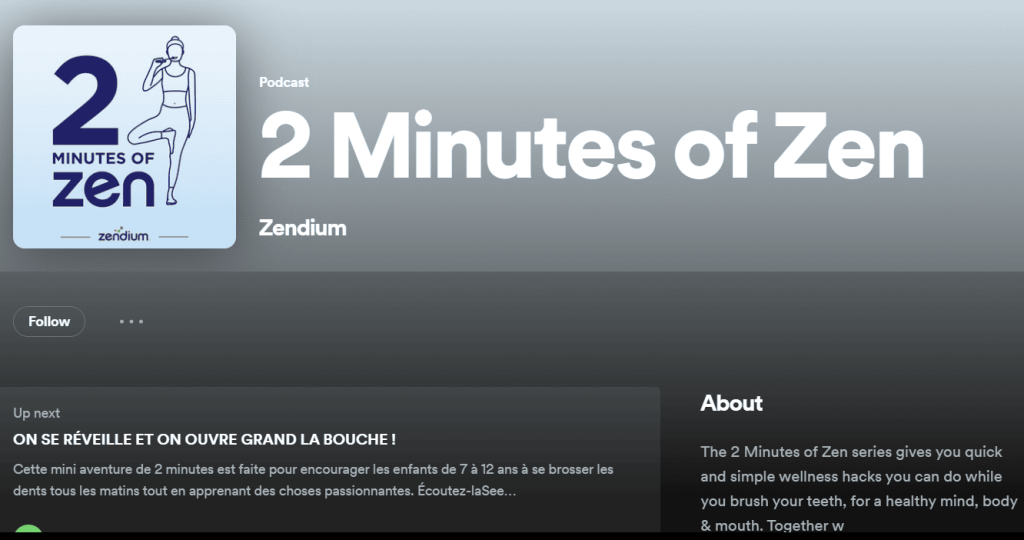
Using a conversational tone and looking at conversational keywords on your site can help with voice-powered SEO. Setting up a podcast can take time and resources, but it can be a effective way to captivate your target audience. Take natural toothpaste company Zendium, their 2 Minutes of Zen podcast, which offers short guided episodes for meditation, wall sit, or wellness in the time it takes to brush your teeth.
Key to an Effective B2C Marketing Strategy
One of the key points to remember when it comes to your B2C marketing strategy, whether you blend your existing strategies with new trends or decide to go all-out, is to put your target audience at the forefront. Think of what they want, how to solve their problems, and their key motivations when pulling together your B2C plans – don’t follow a trend if it doesn’t make sense for your customer.
You must add value, provide solutions, or entertain your audience. But understanding them is key. Start to build up data and information about your existing customers and your target audience, too, so that you can build up a strategy that drives sales for your ecommerce store.








